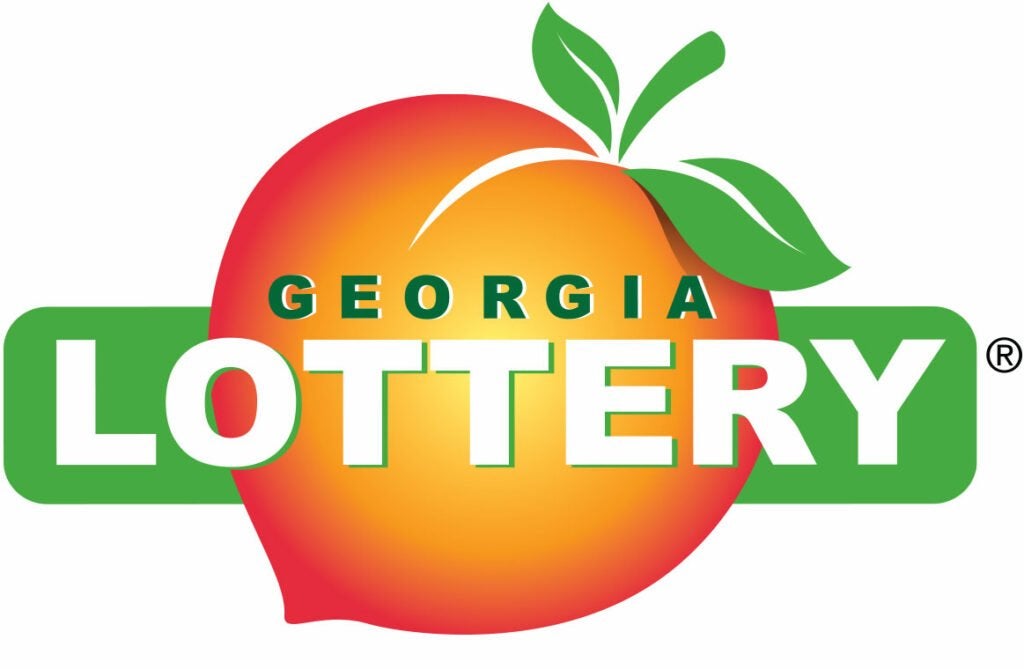August can be a busy month for Georgia gardeners. While we need to focus on maintaining the summer garden, we also to need prepare for the fall planting season. Here are some tasks to consider. But remember, it’s still incredibly hot out there, so keep well hydrated and don’t forget that truly ugly wide brimmed hat!
General garden maintenance
Watering: Continue to water plants deeply, especially during dry spells. Early morning is the best time to water to minimize evaporation. Water deeply 2-3 days a week rather than a daily shallow application. Plants in containers, even big ones are an exception to this rule of thumb. Some of these may need watering as much as twice a day. There are two links that have in-depth details. The first is from the University of Georgia and the second is from the Illinois Extension office.
Mulching: Refresh mulch to help retain moisture and suppress weeds. This also keeps the soil temperature more consistent. The use of arborist mulch is currently being promoted widely and has a great deal of academic research to recommend it. Dr Linda Chalker from the U. of Washington is a nationally recognized expert in this area.
Weeding: Keep on top of weeds, which can compete with your plants for water and nutrients. Routinely pulling a few every day is far easier than waiting until the area is overgrown and getting weeds before they begin producing seeds is a big plus.
Pest Control: Monitor for pests and diseases. Treat as necessary using organic or chemical controls, depending on your preference. Remember, you don’t need to remove every bug you see. One of the biggest pests that we see this time of year is fungus which love the heat and the humidity. Identifying and treating fungal infections is not a simple task. If you think you have an issue, bring a suspected bit of the plant (in a sealed plastic bag) to your local Extension agent and get a professional opinion. They can also advise you on the best course of treatment if necessary.
Vegetable garden
Harvesting: Continue to harvest summer vegetables like tomatoes, peppers, cucumbers, and squash. (If they managed to survive that heat and dry spell in June and July!)
Fall planting: Late this month, start seeds for fall crops such as broccoli, cabbage, kale, and cauliflower indoors or in a shaded outdoor area. While seeds aren’t as inexpensive as they used to be, growing your own seedlings sure saves a pile of money. Plus, growing your own is satisfying in its own right.
Soil Preparation: Prepare beds for fall planting by adding compost and other organic matter, if needed. If you haven’t gotten a soil test in two years, it’s time to get one! It takes time for any needed amendments to become incorporated. Plan ahead.
Flower garden
Deadheading: Remove spent flowers to encourage more blooms and keep the garden looking tidy. This needs to be done on an ongoing basis to get the best results.
Dividing perennials: Late August is a good time to divide and transplant perennials like daylilies, liriope and irises among others.
Planting: Start planning and planting fall-blooming flowers such as chrysanthemums and asters.
Lawn Care
Mowing: Continue to mow the lawn regularly, keeping the mower blades sharp and adjusting the height to leave grass slightly taller in hot weather to shade the soil.
Fertilizing: Apply a slow-release fertilizer to warm-season grasses like Bermuda and Zoysia.
Trees and shrubs
Pruning: Lightly prune summer-flowering shrubs after they finish blooming. Avoid heavy pruning as it can stimulate new growth that may not harden off before winter.
Watering: Deeply water newly planted trees and shrubs to help them establish strong root systems.
Miscellaneous stuff
Tool maintenance: Sharpen and clean garden tools to ensure they are in good working condition for the busy fall season. If you haven’t learned how to do this yet, this video may help get you started.
Planning: Start planning your fall garden layout and make a list of plants and seeds you need to purchase. Fall will be here before you know it.











